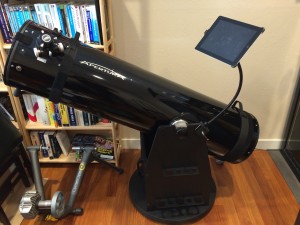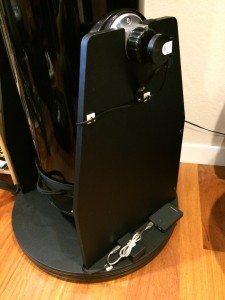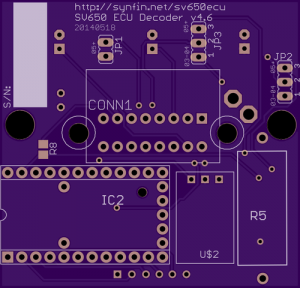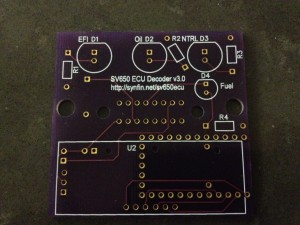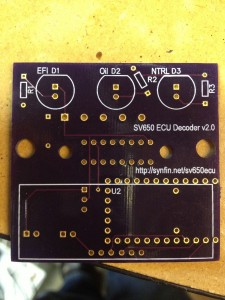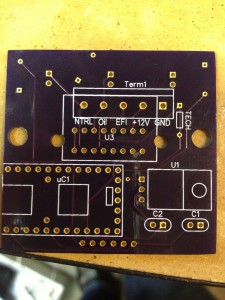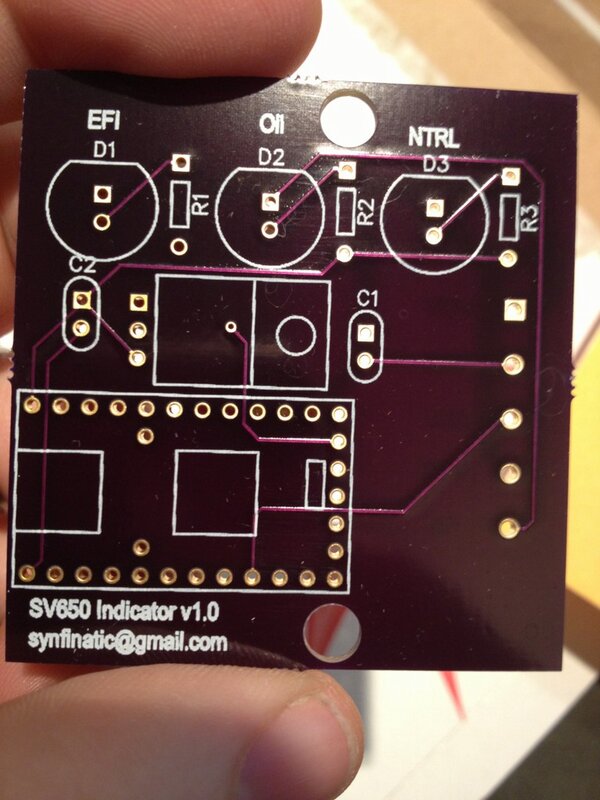I recently got my first generation PCB in the mail from OshPark and I’m happy to say that the board works just like I had planned! I was able to do some basic testing using 10,000 step encoders, but due to the power of the Teensy 3.1 board and being able to use interrupt driven decoding there shouldn’t be any problem handling 100,000 step encoders if you so desired. The good news is that the board did a great job of reporting the position of the encoders to Sky Safari Pro running on my iPad via a wireless WiFi connection!
Renderings of the board I actually ended up using:
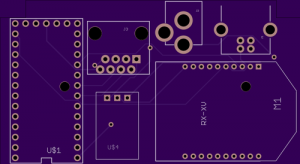
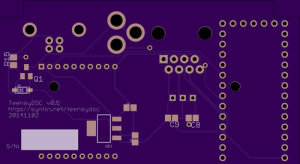
Photos of the board with the necessary components installed:
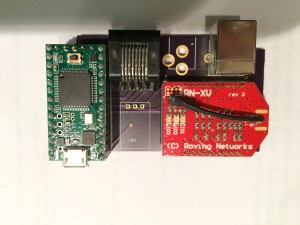
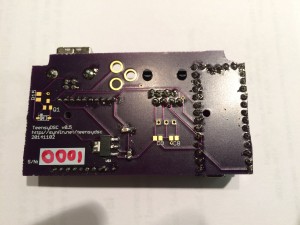
Notice there are some missing parts on the PCB. Â That’s because so far I’ve only soldered on the parts necessary to power it via USB. Â The missing parts are for powering it via 12V DC.
It also fits nicely in this small plastic enclosure I have:
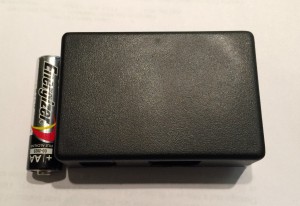
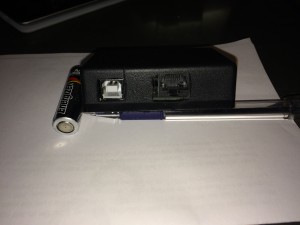
As you can see, this board is smaller and much simpler then the earlier board I designed. I did this because it wasn’t going to be possible to fit the original board in the small plastic enclosure I had picked out and most of the features I wasn’t actually going to use/need and I wanted to focus on getting the basic DSC features tested and working.

